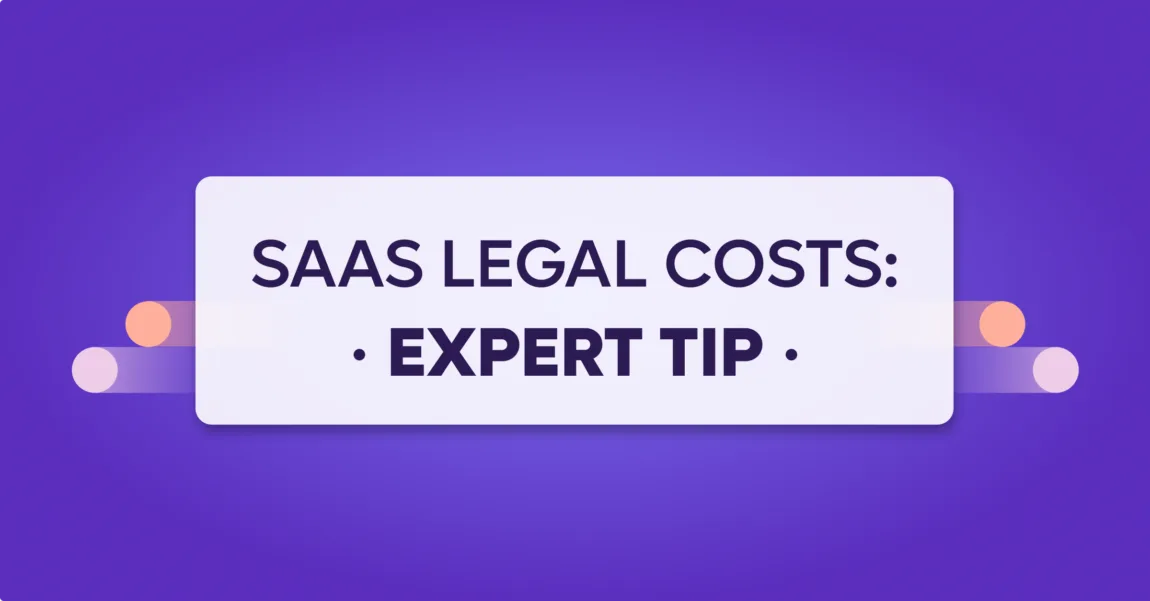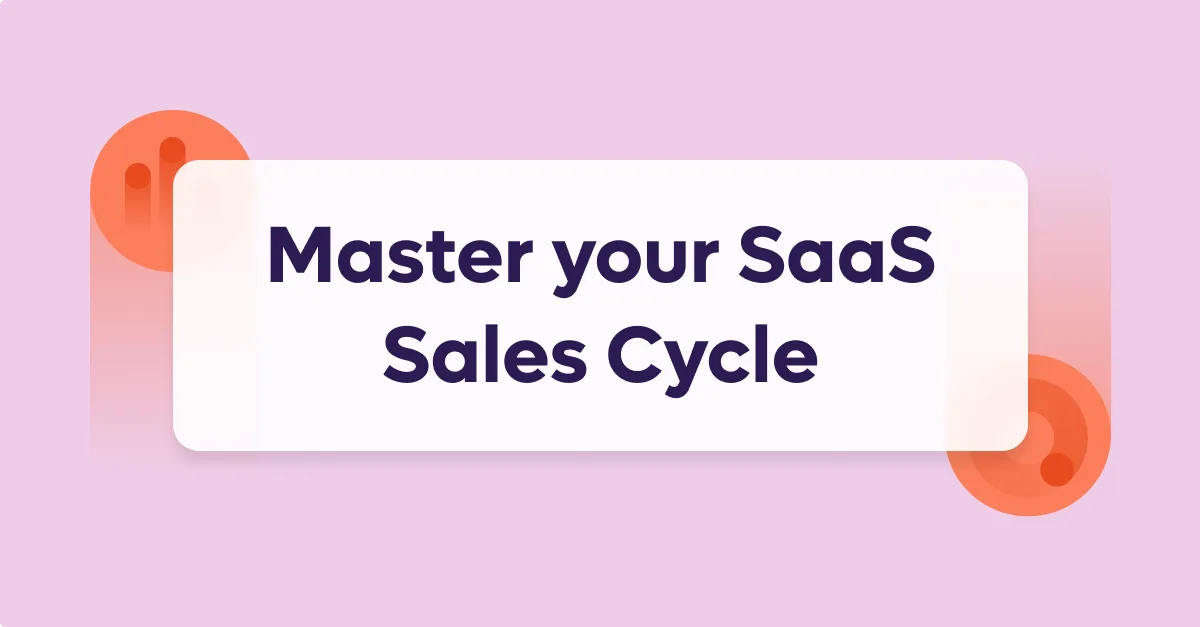A software license agreement contract is a legal document that defines how software can be used, shared, and modified. It’s essential for both the provider, who wants to protect their product, and the user, who needs clear guidelines on acceptable use. These contracts are even more important in a tech-driven world where software is critical to business operations, from daily task management to advanced data analysis.
Business professionals, small and medium-sized enterprises (SMEs), startups, and legal departments commonly deal with software license agreements. Understanding the terms of a software license agreement contract for these groups streamlines operations, avoids unnecessary legal issues, and, ultimately, reduces costs. Let’s take a closer look at the purpose, content, and key points of software license agreements, making it easier for readers to confidently approach these contracts.
What is a software license agreement contract?
A software license agreement contract is a document that lays out the rules and permissions for using a specific software product. It explains what users can and cannot do with the software, covering things like installation, sharing, modification, and any limitations on usage. For example, a contract might specify that a business can install the software on up to ten devices but cannot modify or resell it.
Software license agreements are essential today because they protect the creator’s intellectual property while providing users access to valuable tools. In addition to specifying how the software can be used, these agreements often outline technical support, upgrades, and confidentiality obligations. These contracts are particularly relevant for SaaS contracts and products (Software as a Service), as the terms of use may also include data protection requirements and specific guidelines on service uptime and availability.
Why is a software license agreement contract needed?
A software license agreement serves multiple purposes, including protecting the software provider’s intellectual property. By clearly defining the permitted uses, the agreement prevents unauthorized modifications, copying, or distribution, keeping the provider in control over how their software is accessed and used.
The contract clarifies and establishes boundaries for users. Businesses, for instance, often rely on these agreements to understand how they can use software without violating terms. With set guidelines, users can confidently integrate software into their operations, knowing they are within legal boundaries. For example, a business might want to install the software on multiple computers across different offices. A clear software agreement specifies the licensing limitations, helping users avoid unintentional violations.
A well-defined contract minimizes risks and disputes. Misunderstandings about usage rights or support obligations can lead to costly legal battles without a clear agreement. With everything outlined upfront—from licensing terms to termination conditions—the software provider and the user save time and potential legal fees.
This transparency also reduces the overall cost of legal services for users. Instead of frequently needing legal counsel for each new software purchase, a clear software license agreement provides users with a foundation of understanding.
What does a software license agreement contract cover?
A software license agreement contract typically includes a range of key elements that define the relationship between the software provider and the user. Here’s a look at the standard sections that you’re likely to find:
- License scope: This part specifies the type of license the user receives, such as a perpetual, subscription-based, or limited license. A perpetual license allows ongoing use, while a subscription license is usually tied to monthly or annual payments. For example, a graphic design software license may allow unlimited use with a perpetual license, but only as long as the user maintains their subscription in a subscription-based model.
- Permitted and restricted use: This section clarifies what users can and cannot do with the software. It might allow installation on multiple devices but restrict redistribution or modification. For instance, a small business may be allowed to install the software on up to 12 computers but prohibited from modifying the underlying code.
- Intellectual property rights: This clause explains that the software provider retains ownership of the software and that the user has only the licensed rights, not full ownership. It prevents users from claiming any proprietary rights over the software. For example, a user might have the rights to use the software but not to copy or alter its source code.
- Maintenance and support: Many software agreements outline what kind of maintenance and support the provider will offer, if any. This could range from providing updates and patches to offering technical assistance. In some agreements, support might be included with a subscription, while users need to pay for additional services in others.
- Confidentiality: Confidentiality provisions are often included to protect the software provider’s proprietary information and trade secrets. For example, a business computer software license agreement might restrict the user from disclosing details about the software’s functionality or technology to competitors.
- Termination conditions: This section outlines the conditions under which the license agreement could be terminated. Common reasons include non-payment, violation of terms, or misuse of the software. Termination might mean suspending the user’s access, especially for subscription-based software.
A software license agreement provides a comprehensive structure that keeps both parties informed about their rights, obligations, and restrictions by including these topics.
Important clauses in a software license agreement
Certain clauses in a software license agreement are especially important because they help manage risks for both parties and clarify expectations. Here are some of the most critical clauses you might encounter when performing a contract review:
- Indemnification clause: This clause protects the provider and the user if a third party claims that using the software violates their rights. For instance, if a third party alleges that the software infringes on their intellectual property, an indemnification clause might outline which party is responsible for legal costs.
- Limitation of liability: This clause limits each party’s liability to avoid excessive financial risk. For example, it might state that the software provider is not liable for damages beyond the amount paid by the user, which keeps potential liabilities predictable and manageable.
- Warranty disclaimer: A warranty disclaimer specifies that the software provider does not guarantee certain aspects of the software, such as being error-free or compatible with all systems. For instance, a software provider might disclose responsibility for compatibility with outdated operating systems, reducing their obligation to address issues outside their control.
- Governing law and dispute resolution: This clause sets the jurisdiction and method for resolving disputes, such as arbitration or court proceedings in a particular state. For example, a provider based in California may specify California law as the governing law, so any disputes are handled within that legal framework.
Each clause reduces potential conflicts, clarifies responsibilities, and creates a smoother, more predictable experience for both parties.
Types of software license agreements
Different types of software license agreements cater to various needs and use cases. Here are some common ones:
End-User License Agreement (EULA)
EULAs are common for consumer software, granting a non-transferable right to use the software without ownership. For example, if you download an app on your phone, you’re likely agreeing to an EULA that limits your use of the app and prevents you from sharing it.
Enterprise or multi-user licenses
These licenses are built for businesses needing multiple users to access the software. An example would be a data analysis tool that a company licenses for all employees across multiple departments. It often includes permissions for installation on several devices and sometimes even across geographic locations.
SaaS license
SaaS licenses apply to cloud-based software where users access services online without downloading the software. For instance, an accounting platform might require a SaaS contract negotiation to get a certain number of users to log in from any device and access real-time updates.
Open-source license
Open-source licenses allow users to modify and share software under certain conditions. Software licensed under the MIT License permits users to make changes if they credit the original creator. Open-source licenses are popular among developers and companies that want the flexibility to adapt software to specific needs.
Each license type offers distinct benefits and limitations, allowing software providers to adapt agreements according to user requirements and intended use.
How to review a software license agreement contract

For businesses and individuals, carefully reviewing a software license agreement contract can make a big difference in avoiding misunderstandings and potential legal issues. Here are some straightforward steps to make the process easier:
Carefully read each clause
Understanding the contract’s key terms, particularly the license type, usage restrictions, and termination conditions, is essential. Knowing the exact rights and limitations helps you comply with the agreement and avoid unintentional violations. For example, if a contract only permits use on a single device, installing the software on multiple computers without permission could lead to issues.
Seek professional advice when necessary
Software license agreements can be dense, with technical and legal language that’s easy to overlook. Consulting a legal or contract review expert can help clarify any complex sections. For companies using critical software, having someone verify that the terms align with your business needs and avoid costly mistakes is especially valuable.
Leverage AI-powered contract review tools
AI tools, such as SuperLegal’s AI contract review software, can simplify the review process by highlighting key clauses, identifying potential risks, and ensuring nothing important gets missed. AI-driven tools are designed to flag high-priority sections, making it faster and more efficient for businesses to handle complex contracts.
With these steps, businesses can confidently approach software license agreements, ensuring compliance with the terms and building a strong foundation for a smooth, effective software experience.
Closing the Deal: Understanding Your Software License Agreement
Software license agreements are important for defining how software is used and protecting the rights of the provider and the user. These agreements set the foundation for a clear and mutually beneficial relationship, from specifying the license type and permitted usage to outlining intellectual property rights and termination conditions. Certain clauses, like indemnification and limitation of liability, offer extra protection and help avoid potential legal issues.
Understanding the key components of a software license agreement can make a big difference in reducing risks and costs. Careful review, whether through professional consultation or AI tools like SuperLegal’s contract review software, provides peace of mind and simplifies the process. Using tools designed to streamline contract review allows businesses to save time and ensure they’re fully aware of their rights and obligations, making software use safer and more effective.







By entering your email, you agree to our Terms & Conditions and Privacy Policy.